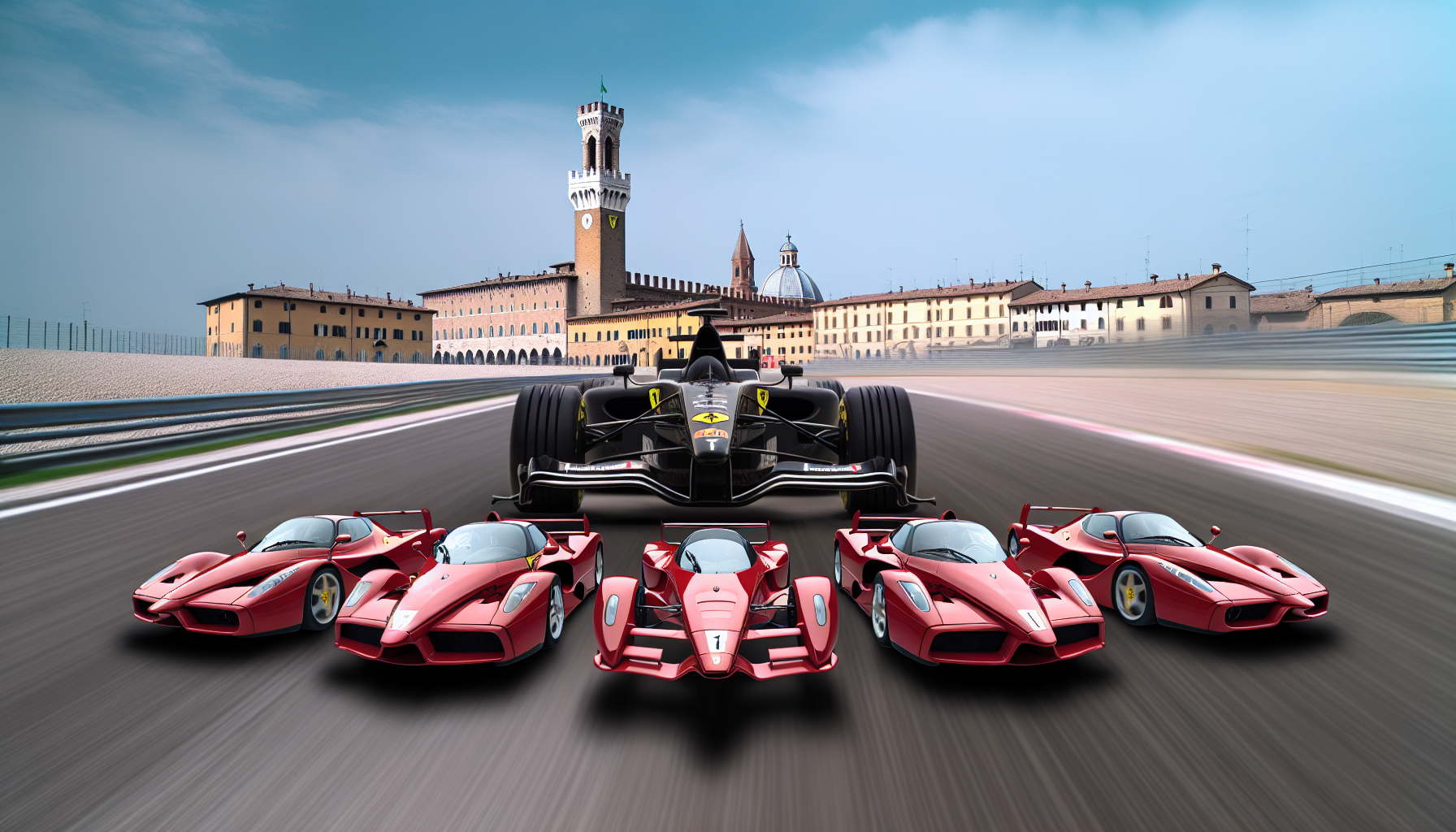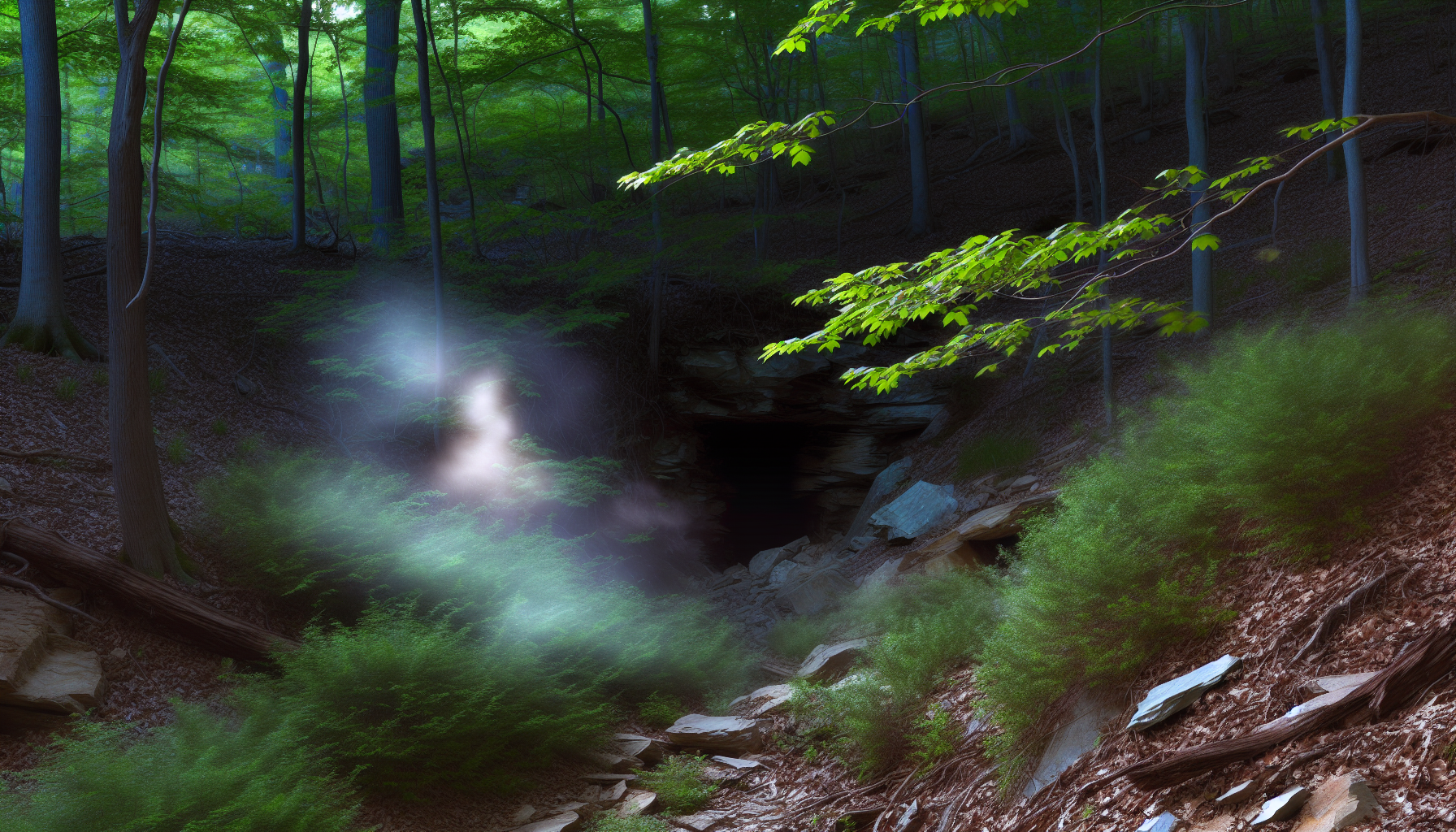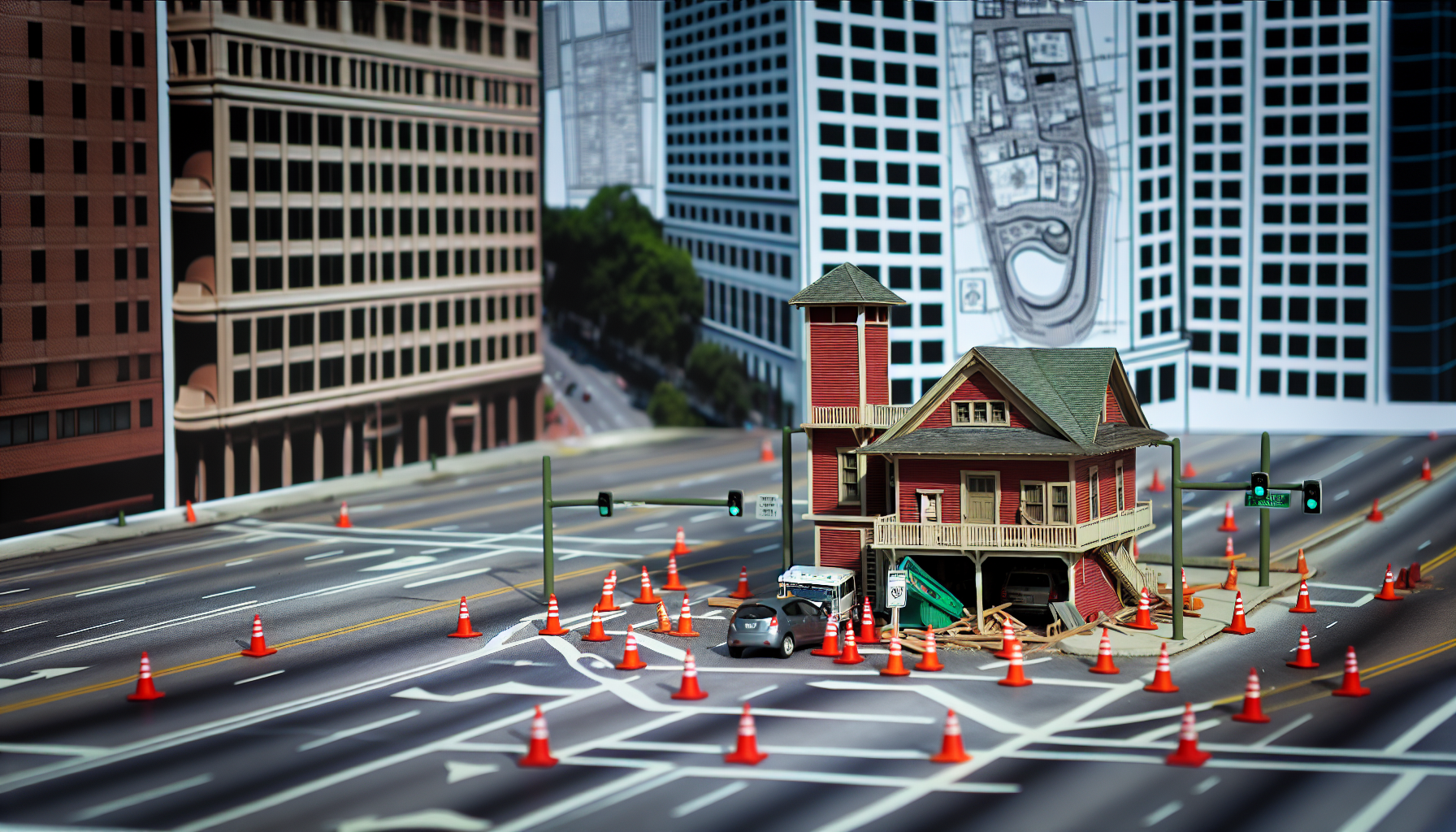The realms of supercars and Formula One racing are testaments to human ingenuity, combining raw power, breathtaking speed, and cutting-edge technology. This article dives deep into the motorized marvels from Ferrari, Pagani, and the storied city of Modena, unveiling how they shape the exhilarating world of high-performance automobiles and the pinnacle of motorsport – Formula One.
The Heartbeat of Italy: Modena’s Mastery in Supercar Engineering
In the heart of Italy, nestled within the province of Modena, lies the pulsating core of automotive excellence. This region, reverberating with the roars of engines and the dreams of speed aficionados, has become synonymous with supercar engineering, housing giants like Ferrari and Pagani. Modena’s contribution to the world of high-performance vehicles is immeasurable, embedding a culture that intertwines luxury with breakneck speed, where every curve and horsepower tells a story of innovation and passion.
The saga begins with Enzo Ferrari, whose vision transcended the very essence of racing. In 1947, out of a small town near Modena, Ferrari launched its first car, a vehicle that was not merely a mode of transportation but a masterpiece of engineering prowess, designed to conquer both roads and racing circuits. Ferrari’s beginnings were modest, rooted in the passionate desire to create racing cars that would dominate motorsport events globally. This ambition led to the establishment of Scuderia Ferrari, a name that would become legendary in Formula One, representing not just a team but an enduring legacy of performance, technology, and victory. The marque’s journey from the racing circuits of Maranello to the cobblestoned streets of Modena showcases a relentless pursuit of automotive excellence.
Iconic models like the Ferrari 250 GTO, the F40, and the more recent LaFerrari, embody the pinnacle of this quest, blending cutting-edge technology with breathtaking design. Each car is a testament to the dedication of Ferrari’s engineers and designers, pushing the limits of what is mechanically and aesthetically possible, imbuing each automobile with the spirit of Modena – a spirit characterized by a relentless pursuit of speed, beauty, and innovation.
Parallel to Ferrari’s storied legacy is the narrative of Horacio Pagani, an individual whose dreams and determination mirror those of Enzo Ferrari. Pagani’s approach to supercar design and production is defined by an unparalleled attention to detail and an artisanal touch that marries advanced materials like carbon fiber with the timeless craft of automobile construction. The inception of the Pagani Zonda and the subsequent creations such as the Huayra showcase a philosophy that every element of a supercar, from its heart-thumping engine to the curve of its chassis, is a piece of art, deserving of meticulous craftsmanship and technological innovation. Pagani, though a newer entry into the supercar domain compared to Ferrari, shares the same ethos of striving toward the extraordinary, backed by Modena’s rich automotive heritage.
Beyond the individual stories of Ferrari and Pagani, Modena’s mastery in supercar engineering reflects a broader narrative of human endeavor, where speed, luxury, and innovation intersect to create vehicles that are more than just machines. They are symbols of excellence, dreams molded into steel, carbon fiber, and roaring engines, each bearing the indelible mark of Modena. This region, with its historic links to automotive brilliance, continues to forge the future of the supercar, driven by a legacy that blends the thrill of racing with the pursuit of perfection.
As the narrative shifts from the tremulous beginnings and celebrated milestones of Modena’s supercar legacy to the pinnacle of motorsport in the next chapter, the evolutionary journey of Formula One unfolds. This transition from the artisanal cobblestones to the technologically advanced circuits highlights not only the individual achievements in vehicle design and performance but also the symbiotic relationship between the high-octane world of F1 and the groundbreaking supercars birthed in Modena. The lessons learned on the racetrack and their consequent application to road-going marvels underline a continuous loop of innovation and excellence that defines the spirit of this Italian province.
The Apex of Motor Racing: Formula One’s Evolution and Modern Marvels
The Apex of Motor Racing: Formula One’s Evolution and Modern Marvels
The fusion of high-speed competition and engineering marvels known as Formula One (F1) has captivated the imagination of motorsport enthusiasts since its inception. The journey of F1 from its primitive beginnings to becoming the pinnacle of automotive racing is a testament to human ingenuity and the relentless pursuit of speed. This evolution is closely interlinked with the birth and rise of supercar manufacturers, especially Ferrari, whose name is synonymous with F1 success.
Ferrari’s dominance in the sport is not just a matter of having the fastest cars or the most skilled drivers; it’s about constant innovation and advanced engineering. Scuderia Ferrari has been a bedrock of F1 since its earliest days, contributing significantly to the sport’s technological advancements. These innovations range from aerodynamics, fuel efficiency, tire composition, and hybrid powertrains to advanced materials like carbon fiber, which have had a profound influence on the automotive industry.
The symbiotic relationship between F1 and supercar production, particularly in Modena, is evident in the translation of racing technologies to street-legal cars. Supercar aficionados can glimpse F1 technology in the extreme performance and luxury of cars produced by the likes of Ferrari and Pagani. This technology transfer is not limited to powertrains or materials but extends to the minutiae of automotive design, such as aerodynamics, cooling systems, and electronic interfaces, which enhance the driving experience and efficiency.
The influence of F1 in promoting innovation through competition cannot be understated. The competitive nature of the sport has fostered a culture of continuous improvement and technological development. Teams like Scuderia Ferrari have been pivotal in pushing the boundaries of what is technically possible, setting new benchmarks for speed, agility, and performance. These advancements, born on the track, eventually find their way into the supercars that grace the roads, embodying the pinnacle of automotive engineering.
Furthermore, the association with F1 elevates the brand prestige of these supercar manufacturers. Ferrari’s illustrious history in F1, marked by legendary drivers and iconic victories, adds an aura of racing heritage to their road cars. Ownership of such vehicles is not merely an acquisition of high-performance machines but a partaking in a legacy of racing excellence.
In conclusion, the journey of F1 and its role in shaping the supercar industry is a fascinating narrative of technological progress, where the relentless quest for speed and performance on the track drives innovation on the road. This interdependent relationship between the apex of motorsport and the production of the world’s most exquisite supercars illustrates a unique fusion of racing prowess with automotive engineering, making Ferrari’s contribution to this legacy indelibly significant.
Conclusions
Modena, Ferrari, and Pagani have etched their names into the annals of automotive glory, creating a legacy that resonates in the roar of supercars and the adrenaline of Formula One racing. These icons have perpetually elevated the benchmarks of performance and luxury, crafting machines that are not only feats of engineering but also works of art, embodying the essence of speed and innovation.










